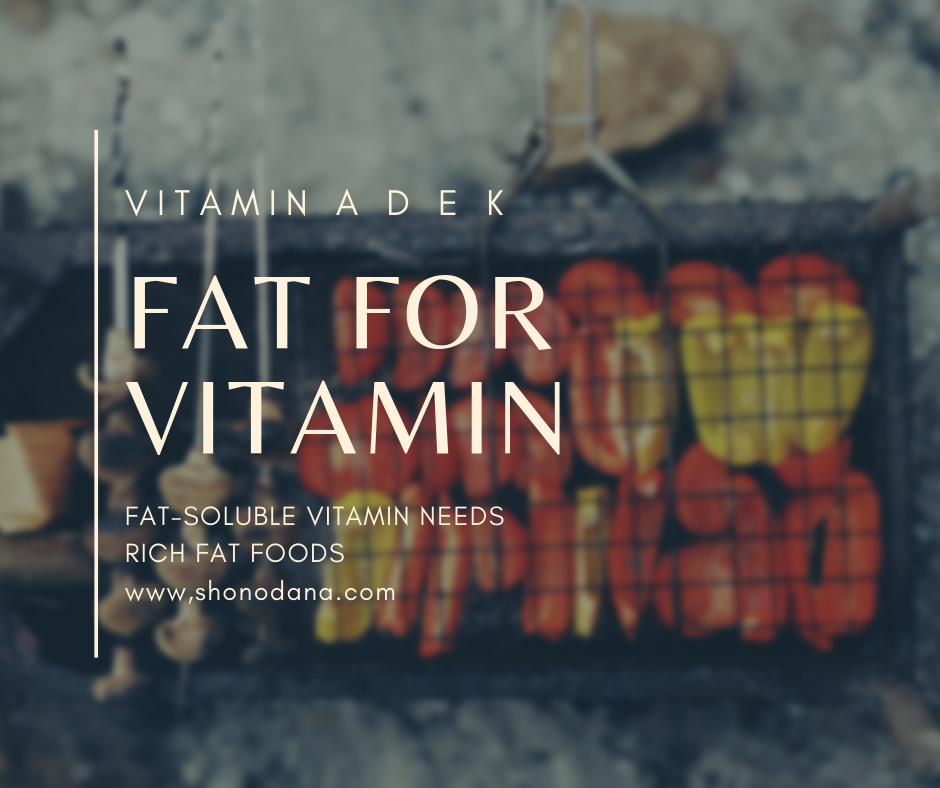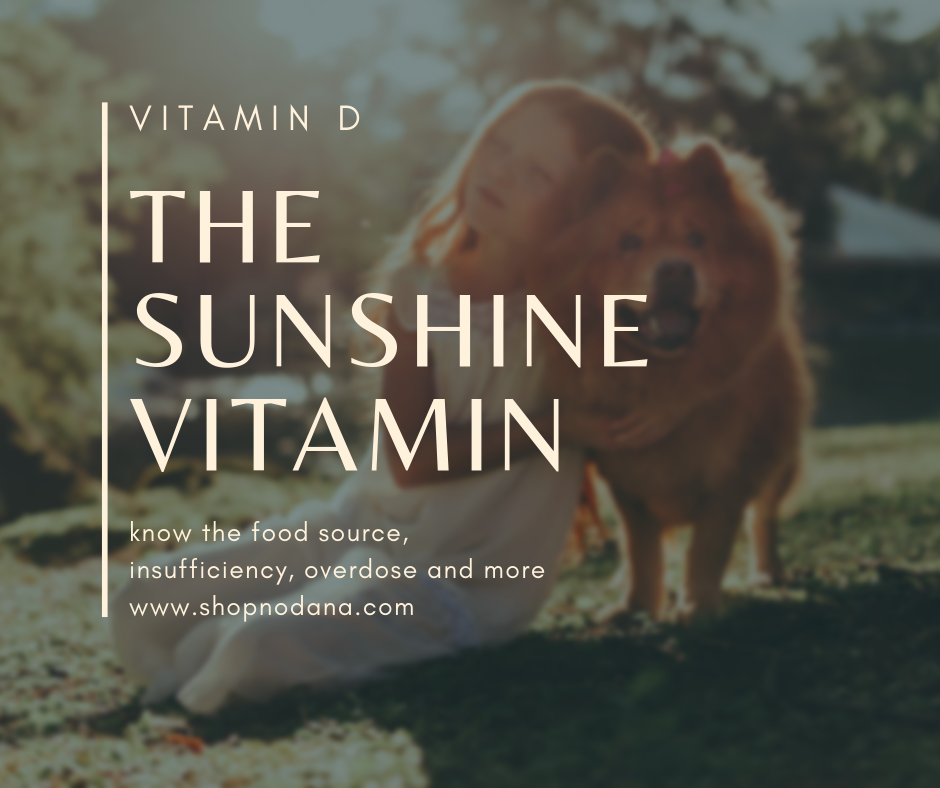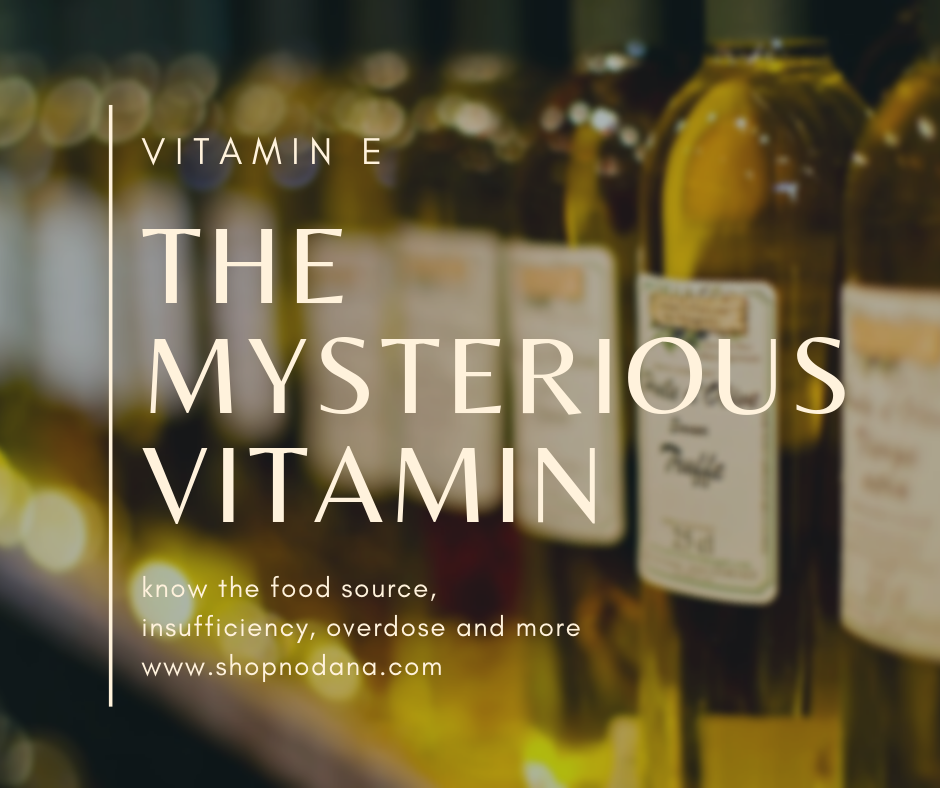Fat Soluble Vitamins- (A, D, E, K), Their Limits and Functions
There are 4 types of Fat Soluble Vitamins, we know how significant vitamins are for us. But with our busy selves, we tend to forget. So, many questions occur about the consumption of nutrients and of course, vitamins. There are 13 types of vitamins, 4 are fat-soluble (A, D, E, K), and 9 water-soluble vitamins (B complex and C). Every kind of food ingredient contains more or fewer vitamins. Deficiency of vitamins A, D, E & K is unusual. People take supplements, especially for vitamins B & C. Overdose of B & C vitamin supplements is hardly harmful. But an excessive amount of fat-soluble vitamin is fatal for health.
The difference between water and fat-soluble Vitamins
Only B and C are water-soluble vitamins. They dissolve into the water and urine removes it from our body. Fat-soluble vitamins do not mix into water. Overdose of them causes toxicity. They are best when eaten with fat. Fat tissues and liver pile up these vitamins for future use. Because water-soluble vitamins are excreted daily, it doesn’t pose a threat.
You should read
Benefits of Spirulina and Risk of this Superfood
What are Fat-soluble vitamins

As the name suggests, high-fat foods are rich in this type of vitamin. Vitamins are micronutrients. They are not a single molecule, rather consist of many other chemical compounds. A, D, E & K are fat-soluble vitamins. They convert to active forms in our bodies. All the fat-soluble vitamins maintain the rate of protein synthesis. They work very efficiently if taken with fat. Children require these vitamins more than adults.
Vitamin A
Vitamin A is made of several organic compounds. Some form of this vitamin exists in meat and dairy products, other comes from vegetables. You get retinol, retinal, and retinoic acid from animals. But several provitamins A carotenoids come from fruits and veggies.
Vitamin A is extremely necessary for vision. The retina of an eye needs vitamin A to form rhodopsin. It makes our immunity stronger. Retinoic acid works as a growth hormone and is important for reproduction.
Cod liver oil, liver of animals, ghee, butter, egg, etc are animal sources of vitamin A. They help to create retinol in the human body. Plants provide several carotenoids. Sweet potato, carrot, broccoli, spinach, pumpkin, capsicum, etc are good sources of vitamin A in general.
An infant usually needs 400-500 mcg of vitamin A. Children of age 1-8 years need 300-400 mcg and 9-13 years need 600 mcg. Adult man requires 900 mcg and women 700 mcg daily.
You should read
10 foods rich in zinc to fight against corona
The deficiency of vitamin A is mostly seen among children. It causes night blindness that can gradually lead to permanent blindness. Alopecia or hair loss is also a symptom. You are most likely to suffer from weak immunity, dry eyes, and skin issues. Children and adults who do not eat enough fruits and vegetables often suffer from vitamin A deficiencies. If you are on a low-fat diet, you may also suffer these symptoms. Inadequate breastfeeding can risk an infant of vitamin A deficiency.
People under diet usually take vitamin A supplements to meet their needs. However, overdose results in hypervitaminosis and toxicity. The main symptoms are fatigue, vision problems, skin issues, headache, stomach and joint pain, etc. A high dose of this vitamin is harmful to the fetus, so pregnant women shouldn’t take supplements more than recommended.
Fat-Soluble Vitamins- Vitamin D

This sunshine vitamin mainly describes fat-soluble compounds as vitamins D2 and D3, also known as cholecalciferol and ergocalciferol respectively. They are essential for the absorption of calcium, magnesium, and phosphate in the intestine. Calcitriol is the active form of vitamin D. Calciferol is converted to calcitriol via the liver and kidney. Calcitriol works as a hormone that maintains the concentration of calcium and phosphate. Vitamin D is vital for bone development, metabolism, cell growth, immune functions, etc.
Although there is not a lot of food that contains vitamin D, sunlight is the most natural and largest source of it. UVB radiation from the sun synthesizes cholecalciferol in the skin. Therefore people don’t usually suffer from the lack of vitamin D. Vitamin D2 is found in mushroom Agaricus bisporus and fungi. While D3 is derived from fish liver oils, egg yolk, and fatty fishes such as salmon, tuna, mackerel, etc.
The RDA of vitamin D for infants is 10 mcg whereas ages from 1-70 years only need 15 mcg. Older people aged more than 70 years need 20 mcg per day. Women during pregnancy or lactation require 15 mcg of vitamin D.
The most common disease of vitamin D deficiency is rickets in children. Adults suffer from osteomalacia. Rickets causes bone deformation in youngsters. Melanin hampers the production of vitamin D in the skin. That is why people with dark skin are at higher risk. Obesity is also a factor in vitamin D insufficiency. Other issues are hair loss, depression, slow wound recovery, etc. Inadequate vitamin D consumption can act as a factor for cancer.
Long exposure to the sun never causes vitamin D overdose. Vitamin D toxicity is rare, to begin with. It occurs most of the time because of supplement overdose. Which results in hypercalcemia, a high amount of calcium in the bloodstream. The symptoms are increased urination and thirst. You might also experience nausea, headache, insomnia, nervousness, fatigue, weight loss, etc. Excessive calcium in tissues damages the kidney, liver & heart. Maternal hypercalcemia consequences in the mental and physical deformities of the child.
Vitamin E
Vitamin E consists of 8 chemical compounds, 4 tocopherols, and 4 tocotrienols. These compounds are again divided into α, β, γ, and δ. Among them, α-tocopherol is the most biologically active composite. The exact function of vitamin E in our body is still pretty unrevealed. It’s mostly known as a fat-soluble antioxidant. They protect our cell membrane from oxidative damage. Vitamin E also somewhat prevents blood from clotting. It also prevents cardiovascular diseases, even cancer.
Vitamin E deficiency can cause peripheral neuropathy, retinopathy & myopathies. Deficiency also weakens the immune system.
Wheat germ oil, sunflower oil, hazelnut oil, safflower oil, grapeseed oil, almond oil, canola oil, peanut oil, soybean oil, olive oil, etc are fine sources of one of the fat-soluble vitamins vitamin E. You can get vitamin E from almost all kinds of nuts. Avocado, spinach, asparagus, olive, broccoli, etc also serve vitamin E. Fish, oysters, and eggs are the animal sources of this vitamin but are not as rich as vegetables. Many kinds of cereal and baby food contain α-tocopherol.
The RDA value of vitamin E for infants is 4-5 mg, for children under 8 years is 6-7 mg and for 13 years or less is 11 mg. Adults and adolescents need 15 mg. Women in their pregnancy require 15 mg. During lactation, the value is 19 mg per day.
Vitamin E hardly causes any harm. However, taking a large number of supplements might lead to toxicity. It might cause your blood to get thinner.
Vitamin K
Vitamin K generally comes in two forms, vitamin K2 & vitamin K3. It also has some artificial forms as K3, K4, K5.
The “K” of this vitamin originates from the German word “Koagualtion” (coagulation). This also describes its main purpose, the coagulation of blood. Vitamin K synthesizes certain proteins. These proteins are essential for binding calcium ions in our bones and tissues. Vitamin K also slows down tumor growth which supports cancer prevention theory.
Vitamin K1 (phylloquinone) is plant-based. You’ll find them in green leafy vegetables like spinach, kale, broccoli, brussels sprouts, green collards, green mustard, swiss chard, green turnip, cabbage, etc. Animals produce K2 (menaquinone) from K1. It can be found in meat, dairy, eggs, cheese & yogurt.
Infants are always at high risk of vitamin E deficiency. Alcoholics are also likely to suffer. Drugs such as salicylates, barbiturates & cefamandole can also trigger vitamin E deficiency. This results in coagulopathy, anemia, bruising, nosebleeds, osteoporosis, heart disease, etc. Women might also suffer heavy bleeding during periods.
The Bottom line
Four fat-soluble vitamins are available in our diet A, D, E, and K, they are vitally important for our health and play many principal roles in the body.
Except for vitamin D, most of it is easy to get from a diet that includes a variety of foods, especially if you eat a lot of nuts, seeds, vegetables, fish, and eggs.
These vitamins tend to be found in abundance in fatty foods, and you can enhance their absorption by adding fat or oil to a low-fat meal.
Few foods are naturally rich in vitamin D. It is abundant in fatty fish and fish oil but is also formed in the skin when exposed to sunlight.
For this reason, vitamin D deficiency is very common in people who do not intake a diet of nutrient-rich foods and spend their maximum regular time indoors.
Although you generally don’t need vitamin A, E, and K supplements, vitamin D supplements are widely recommended.
For optimal health, make sure you get all fat-soluble vitamins in adequate amounts. If you have questions about the amount of vitamins you take or are considering taking supplements, talk to your health care professional.

